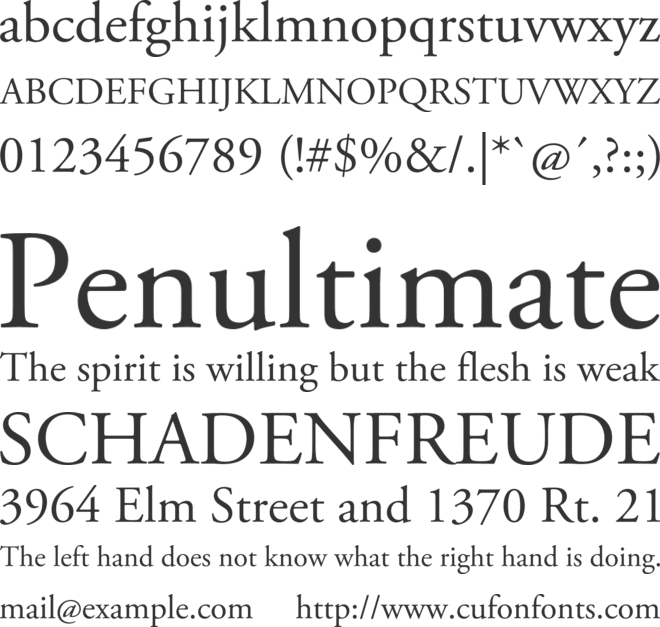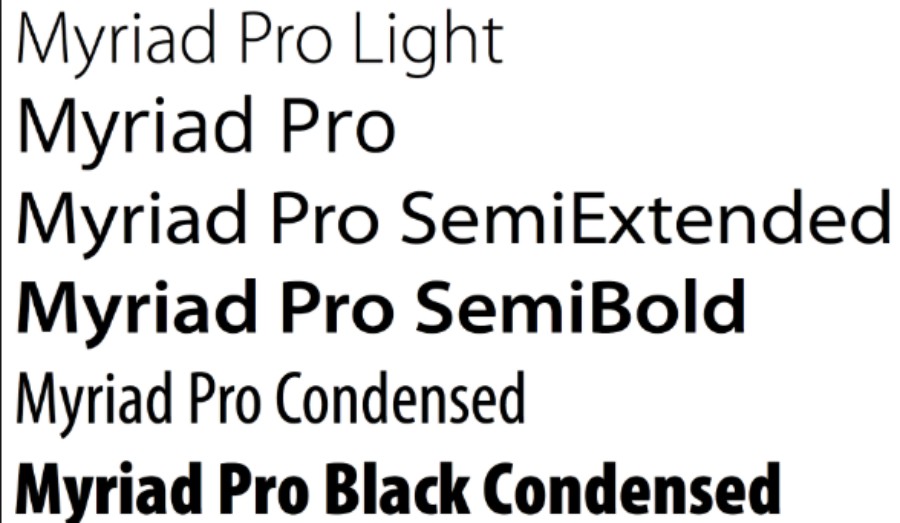Adobe Caslon Pro Google Font
Latest from the WhatFontIsHelp your fellow font-seekers if you think you can recognize the font. Earn some good karma by doing it:-)Yet sometimes the images are very complex, so other users need a bit of help.If you recognize the font from the samples posted here don't be shy and help a fellow designer.Thousands of designers (famous or not) use the image font detection system to find a font or similar free fonts from an image. Although we have the largest database of fonts, the search for a font from an image gets mixed results like the image above.
Adobe Caslon Pro Bold Font

Garamond: Why You Don't Use This Complex Font on the Web Garamond: Why You Don't Use This Complex Font on the WebA book that helps developers& programmers learn web design. Trislander flight manual. It’s a best-seller (#18 on all of Amazon).byAmongst designers – especially print designers – Garamond is considered one of the best fonts in existence.
Adobe Caslon Pro Bold
It’s timeless, and very readable. But, because of the limitations of current display technologies, it’s not a good font to use in web copy – even with the advent of font embedding methodologies such as and.One of the most important principles behind every good piece of design is that the designer has to master his or her medium. With any medium – whether it’s pencil and paper, steel and glass, or pixels – the designer has to work with strengths and limitations. Work with these characteristics, and the design stands a chance to be good – work against them, and there is no chance.Apple’s lead designer, Jonathan Ive knows this. He recentlyThe best design explicitly acknowledges that you cannot disconnect the form from the material – the material informs the form Medium and Form in Type HistoryTypography is the perfect vehicle with which to illustrate this concept throughout history. From the beginning, the forms of our letters have been influenced by the tools we used to create them.This is an early example of how medium influenced form in written communication. You can see, looking at these pictograms, that they are made up of a series of indentions that are pretty much identical.


This is because they were formed using a wedge-shaped stylus.As this language was replaced in the west by our current roman characters, and the tools which we used changed, so did the form of our letters. Some of the best examples of early typography using roman characters are from – you guessed it – the Roman empire.This is graffiti from the ancient city of Pompeii. It was created using a brush, and this is apparent in the letterforms. You can see there’s a great deal of variation in the strokes that make up the letters, and they all terminate with a soft point, just like you would expect from a brush.
This graffiti was clearly created with a brush.Photo byHere’s a picture I took from Pompeii that – dating back to the same time (remember, this city was frozen in time when it was buried under volcanic ash in 79AD). Only this time, the sign was chiseled in stone – and you can see how this has influenced the letters: all of the strokes of the letters are uniform in width, and to make the ends of those strokes looks nice – serifs were added. You can see little spur serifs from where the chisel was applied perpendicular to the stroke of each of these letters.Now, moving more quickly through history, we have letters from the column of Trajan (which inspired today’s Trajan font), which were formed first by brush, then by chisel (it would have been awkward to chisel letters like the brush-drawn ones in the earlier Pompeii example).
Then we moved on to lead and wood-cut printing, which first imitated work done by scribes with pens.